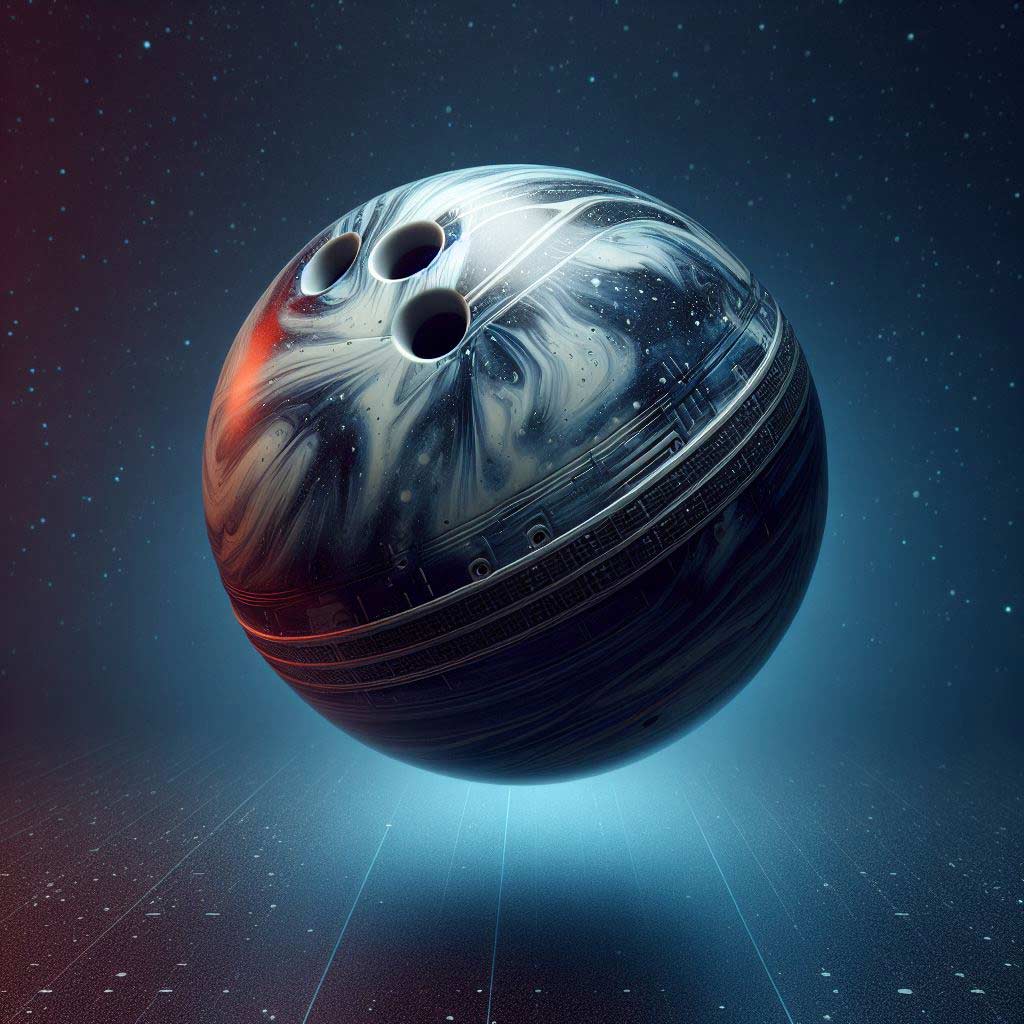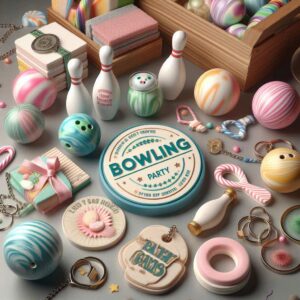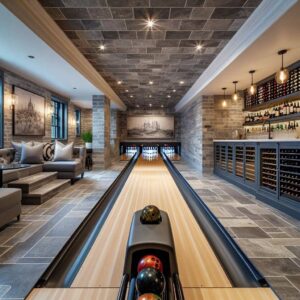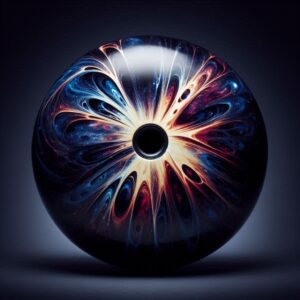If you’re an avid bowler, you’ve likely noticed that elite-level bowling balls come with a premium price tag. While your average house ball might cost $50-$100, the top bowling balls from brands like Roto Grip, Storm, and Brunswick can easily exceed $200 or even $300.
As someone who takes their bowling seriously, you may be wondering – what exactly justifies these high prices for elite bowling balls? Is there really that much of a difference compared to a more affordable ball?
In this comprehensive guide, we’ll dive deep into the key reasons why elite bowling balls are so expensive. From the advanced materials and engineering that goes into their design, to the specialized manufacturing and brand reputation, you’ll gain a full understanding of why top-tier bowling equipment commands such a premium.
By the end, you’ll know exactly what makes elite bowling balls stand apart from the competition, and why investing in a high-quality ball can be a smart long-term decision for serious bowlers.
What Makes Elite Bowling Balls Different?
At their core, elite bowling balls are fundamentally different from the house or entry-level balls you’ll find in most bowling alleys. The key distinction lies in the advanced materials, construction, and engineering that goes into designing top-tier performance equipment.
Specialized Core and Cover Stock
The heart of an elite bowling ball is its core – the internal weight block that gives the ball its weight and weight block shape. Top bowling brands invest heavily in R&D to design innovative core shapes and densities that optimize ball motion and hook potential.
For example, the Idol series from Roto Grip features the brand’s “Turmoil HD” core, which is engineered to provide an aggressive, angular ball motion that’s ideal for higher rev rate bowlers. This specialized core is the result of meticulous computer modeling and prototype testing to achieve the perfect weight and density distribution.
In addition to the core, elite bowling balls also utilize premium cover stocks – the outer layer material that directly interacts with the lane surface. High-end cover stocks are formulated with a combination of advanced resins, additives, and polishing processes to maximize traction, friction, and responsiveness on the lane.
Brands like Storm leverage their own proprietary cover stock technologies, like the “R2S Solid” formula, which delivers a unique blend of hook potential and lane-reading ability. These specialized cover stocks help elite balls read the lane more effectively and generate explosive backend motion.
Precision Manufacturing
Producing a world-class bowling ball is an intricate process that requires extreme precision and quality control. Elite bowling ball manufacturers utilize state-of-the-art CNC machines, robotic assembly lines, and rigorous testing protocols to ensure consistency and performance.
This level of manufacturing sophistication stands in stark contrast to more basic bowling balls, which are often mass-produced using lower-cost machinery and less stringent quality standards.
The end result of this precision manufacturing is a bowling ball with incredibly tight tolerances – the weight, balance, and dynamic characteristics are all meticulously tuned to exacting specifications. This attention to detail is a key contributor to the premium pricing of elite equipment.
Extensive Research and Development
Designing a high-performance bowling ball is no easy feat. Top brands invest millions of dollars annually into research and development to push the boundaries of ball technology.
This R&D process involves extensive computer modeling, material science testing, prototype evaluation, and field testing with professional bowlers. The goal is to continuously innovate and create balls that deliver unparalleled hook potential, backend motion, and overall performance.
For example, Storm’s lab facilities include specialized bowling lane simulators, high-speed cameras, and other advanced testing equipment. Their team of engineers, physicists, and bowling experts work tirelessly to engineer balls that maximize power and precision.
All of this cutting-edge R&D comes at a significant cost, which is ultimately reflected in the premium pricing of elite bowling balls. Consumers are paying in part for the years of research and innovation that go into the product.
The Cost of Performance
So what exactly makes elite bowling balls so expensive? Let’s take a closer look at the key cost factors that contribute to their premium pricing.
Expensive Raw Materials
The advanced materials that go into elite bowling balls don’t come cheap. The specialized resins, additives, and other components used in the core and cover stock formulations are all high-cost, specialty products.
For example, the urethane cover stocks found on many top-tier balls are more expensive to manufacture than the basic polyester or reactive resin covers used in entry-level equipment. These premium materials allow for enhanced hook potential and responsiveness, but come at a higher price point.
Additionally, the weight block cores inside elite balls are engineered with intricate shapes and density distributions. The precision machining and proprietary molding processes required to produce these cores add significantly to the overall material costs.
Specialized Production Methods
Bowling ball manufacturing is a highly specialized process, and producing elite-level equipment requires advanced production methods and equipment.
Instead of mass-producing balls on basic injection molding machines, top brands utilize sophisticated CNC lathes, robotic assembly lines, and other state-of-the-art manufacturing technology. This allows them to maintain the tight tolerances and performance characteristics demanded by serious bowlers.
The skilled labor required to operate this specialized equipment, as well as the maintenance and upkeep of the production facilities, also contributes to the elevated costs of elite bowling balls.
Small Production Volumes
Unlike mass-market consumer goods, elite bowling balls are produced in relatively small volumes compared to their more affordable counterparts. This lower production scale means the fixed costs of R&D, tooling, and manufacturing get spread across fewer units – resulting in a higher per-ball cost.
Top bowling brands also tend to frequently update and refresh their premium lineups, further limiting the production quantities of any given elite ball model. This ongoing product churn and innovation cycle drives up the per-unit costs.
In contrast, basic house balls and entry-level equipment can be manufactured in much larger quantities, allowing brands to realize greater economies of scale and pass those savings on to consumers.
The Lasting Value of Elite Bowling Balls
While the upfront cost of an elite bowling ball may seem high, serious bowlers understand that these premium products offer exceptional long-term value. Here’s a closer look at how elite balls justify their price tag through superior durability and performance.
Longevity and Consistent Performance
One of the key advantages of investing in a high-end bowling ball is its exceptional lifespan and consistent performance characteristics. Thanks to their advanced materials and precision manufacturing, elite balls can maintain their original hook potential, reaction, and overall feel for hundreds of games.
In contrast, entry-level balls tend to see a more rapid decline in performance as the cover stock wears down and the inner core becomes less responsive. This means bowlers using house balls or budget equipment often need to replace their gear more frequently to maintain optimal performance.
By contrast, elite bowling balls retain their characteristics far longer. Bowlers can rely on that consistent, tournament-level performance for years, making the higher upfront cost a worthwhile investment.
Unparalleled Responsiveness and Control
Beyond their longevity, elite bowling balls also offer unmatched responsiveness and ball control capabilities. The specialized core designs, advanced cover stocks, and precise manufacturing tolerances allow these high-end balls to read the lane with remarkable accuracy and generate explosive hook motion.
This level of performance and control is especially beneficial for serious bowlers who are looking to take their game to the next level. The advanced ball motion and responsiveness provided by elite equipment can help bowlers develop their skills, increase their rev rates, and achieve higher scores.
For many competitive or aspiring bowlers, the investment in a premium ball is justified by the tangible improvements it can provide to their game. The enhanced ball reaction and control is simply worth the higher price tag.
The Impact of Brand and Technology
In addition to the advanced materials and manufacturing that go into elite bowling balls, the brand reputation and technological innovations of top equipment makers also contribute to their premium pricing.
Established Brands and Reputation
Bowling is a sport with a long and storied history, and certain brands like Brunswick, Hammer, and Storm have built up decades of reputation for quality and performance.
These established brands have earned the trust of serious bowlers through their commitment to innovation, attention to detail, and championship-winning products. Consumers are often willing to pay more for the assurance of a trusted brand name and the proven performance that comes with it.
Additionally, top bowling brands invest heavily in professional sponsorships, tournament presences, and other marketing initiatives to further cement their status as the premier choice for elite equipment. This brand equity allows them to command higher prices compared to lesser-known or newer market entrants.
Cutting-Edge Technology and Innovation
Elite bowling balls are not just premium products – they also represent the pinnacle of technological innovation in the sport. Top brands are constantly pushing the boundaries of ball design, utilizing the latest materials science, aerodynamics research, and computational modeling to create balls with unparalleled performance.
For example, Storm’s “Nano” cover stock technology, which features a proprietary reactive resin formula, allows their balls to read the lane more effectively and generate increased hook potential. Innovations like this, backed by rigorous R&D, give elite balls a clear technological edge over more basic equipment.
Bowlers who want access to the most advanced ball technology available are often willing to pay a premium for these cutting-edge innovations. The promise of superior performance, control, and technological superiority is a key driver of elite ball pricing.
Conclusion:
Investing in Excellence When it comes to the world of elite bowling balls, the old adage “you get what you pay for” certainly rings true. While the high price tags of top-tier equipment may seem daunting, the reality is that serious bowlers are investing in a level of quality, performance, and long-term value that simply can’t be matched by more affordable options.
From the advanced materials and precision engineering that go into their design, to the established brand reputation and technological innovations that set them apart, elite bowling balls represent the pinnacle of what’s possible in the sport. For bowlers who are looking to take their game to the next level, the premium pricing of these balls is a worthwhile investment.
Ultimately, the decision to purchase an elite bowling ball comes down to your commitment to the sport and your personal performance goals. If you’re an avid bowler striving for higher scores, increased control, and consistent tournament-level performance, then the benefits of a high-end ball can easily justify the upfront cost.
So if you’re in the market for a new bowling ball and want to experience the exceptional quality, responsiveness, and lasting value that elite equipment provides, don’t hesitate to make the investment. Your bowling game – and your scores – will thank you for it.





